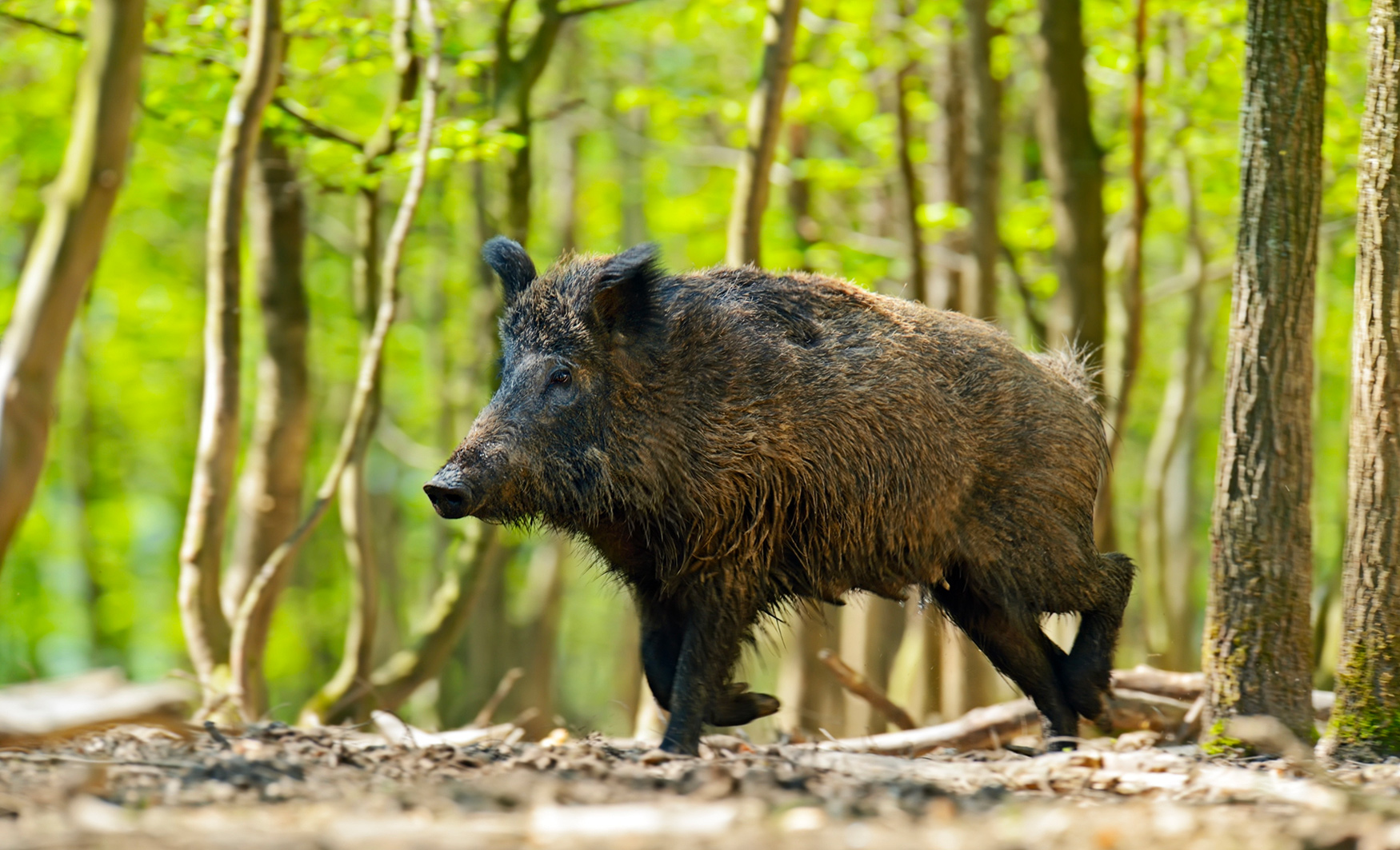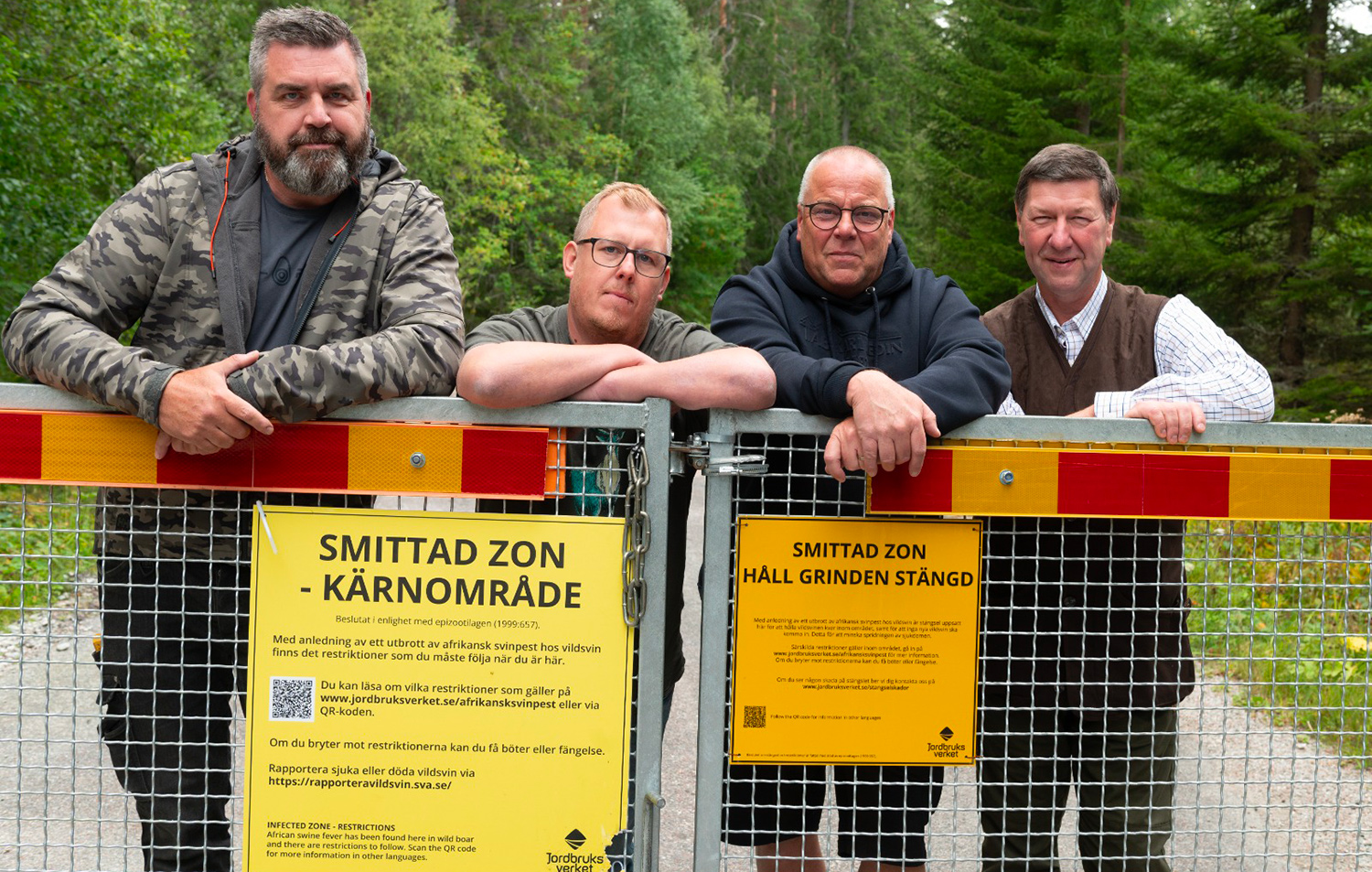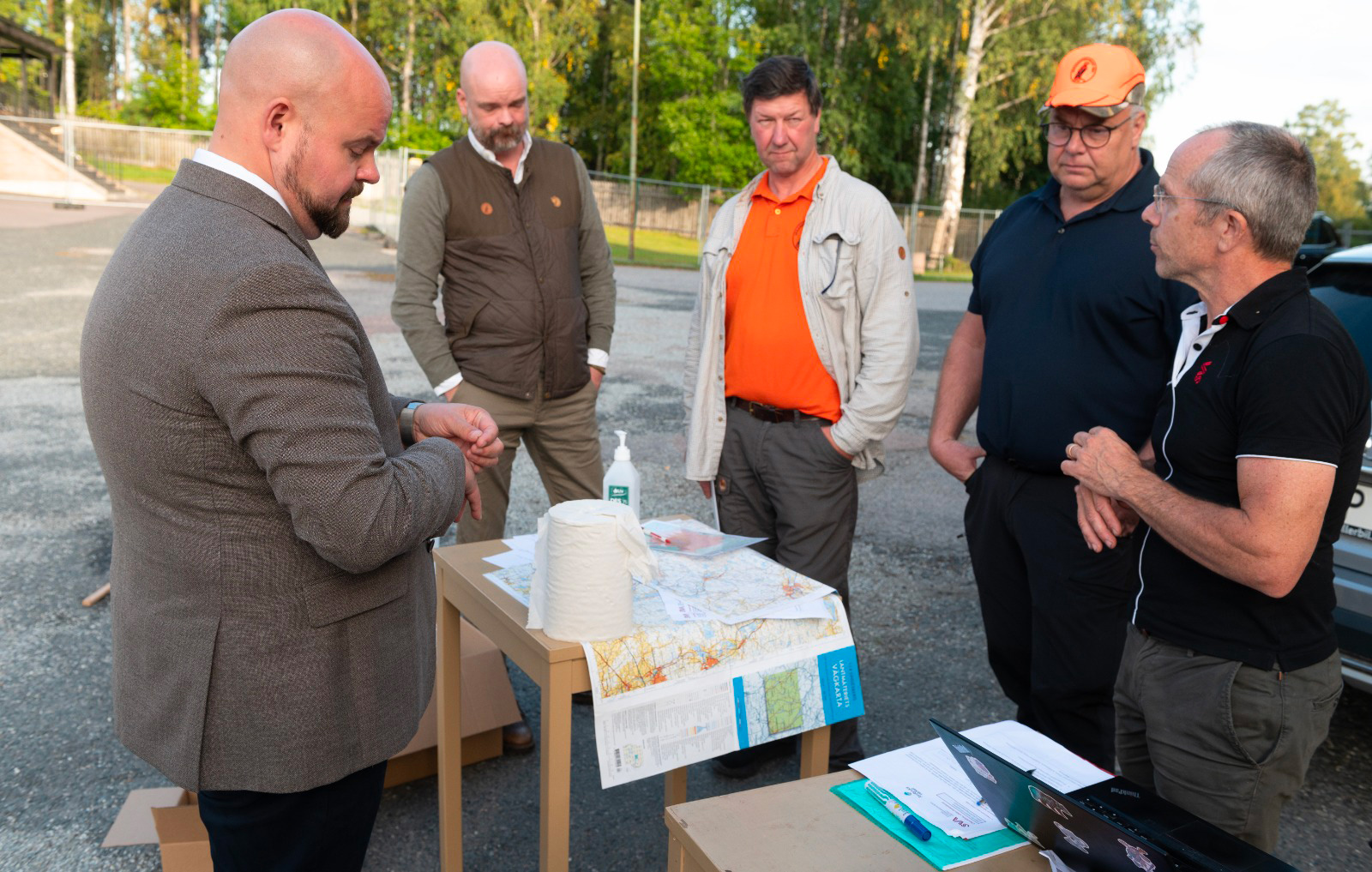
06 Oct 2024 African Swine Fever (ASF) free status granted to Sweden
Sweden has been granted ASF-free status a year after the disease was first detected in a dead wild boar in Västmanland county. The success in achieving this can be largely attributed to hunters’ dedication and carcass-searching efforts. Their local, regional, and national coordination was instrumental in locating infected animals. The method employed in Sweden is a recipe for use in other European countries.
Active coordination and cooperation
Throughout the year, there was active collaboration with key stakeholders and within the hunting community. The Swedish Association for Hunting and Wildlife Management has been working on the case nonstop since the outbreak was detected. It is important to add that the authorities tasked the hunters’ association to be responsible for the search for the carcasses searching wild boar management. The association was actively involved in crisis management work planning together with authorities. The hunters’ association also coordinated the hunters’ efforts and ensured that those who helped search for wild boar carcasses were compensated financially. Thanks to this, hunters from other regions were brought in to help.
The close collaboration between the authorities and the hunters’ organisation ensured that many of the efforts that depended on mutual support were possible. Local hunters, in particular, were instrumental in building trust and understanding among the local population regarding the actions needed to stop ASF. Their involvement wasn’t just about their hunting skills and wildlife knowledge but also their integral role in the local community.


Hunters’ knowledge
In the field, hunters’ knowledge of wild boar has been critical in quickly finding carcasses. The hunters could access the most challenging places in the zoned area, often favoured by wild boars, playing a crucial role in locating and identifying ASF-infected animals.
One of the primary objectives during the ASF containment effort was eradicating wild boar within the central infected zone. To achieve this, various tools and methods were tested, generating valuable knowledge in the process. Without the hunters’ deep understanding of wild boar behaviour—such as their movement patterns and feeding habits—critical decisions, like where to place the containment fences, might have overlooked key factors. The inclusion of hunters in decision-making processes was a success factor in the eradication efforts.
Trust
The hunters’ association with its local staff was crucial for driving the ASF programme because they have trust among the local population and the local hunters. The association was a perfect link between the authorities and the local population.
Modern Technology
The hunting platform and smartphone application WeHunt, widely used by Swedish hunters and provided by the largest Hunting Tech company in the Nordics, Natlink, allowed them to track and record their movements in real time, coordinate positions, communicate, and provided critical observation and data capturing features. As part of the ASF efforts, WeHunt was integrated into responsible authority (SVA) data system allowing the authority to generate situation maps based on the imported data.
Animal health diseases, including ASF, are on the rise in Europe and pose a significant and growing threat to wildlife and economic sectors. This alarming trend calls for increased vigilance and coordinated efforts in disease management.

